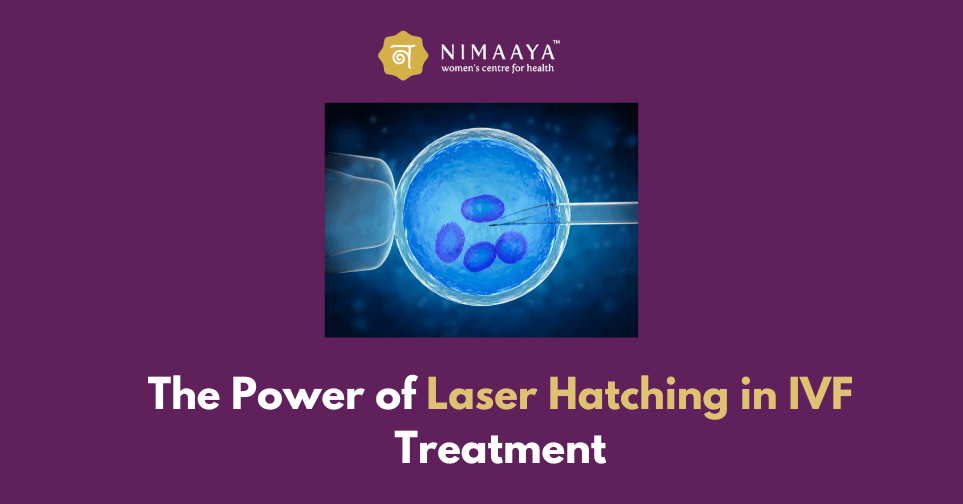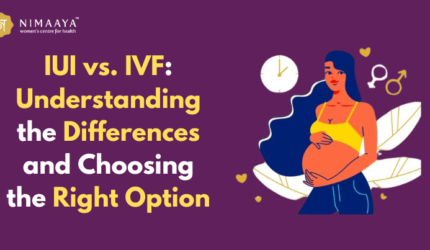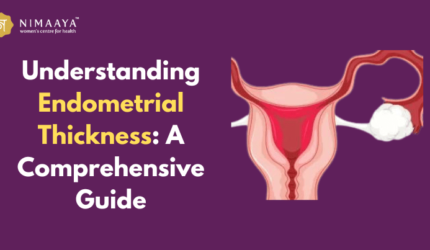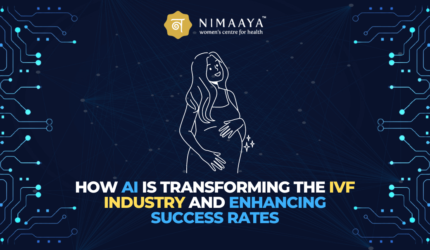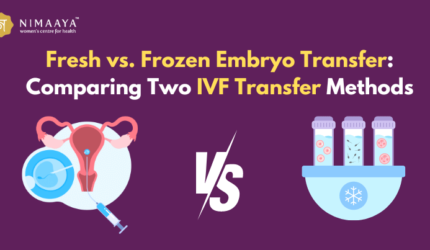In the realm of fertility treatments, In Vitro Fertilization (IVF) has been a beacon of hope for couples struggling with infertility. Over the years, advancements in technology and techniques have significantly improved IVF success rates. One such groundbreaking innovation is Laser Assisted Hatching, which has shown promising results in enhancing IVF outcomes, particularly in specific cases. In this informative blog post, we will delve into Laser Assisted Hatching in IVF, exploring its benefits, success rates, techniques, and role in addressing particular challenges in fertility treatment.
Understanding What is Laser Assisted Hatching
Laser Assisted Hatching in IVF represents a cutting-edge technique that uses a precise laser to create a small opening in the zona pellucida, the protective outer layer of the embryo. This process, known as hatching, allows the embryo to break free from the zona pellucida, facilitating easier implantation into the uterine lining. By harnessing laser technology, fertility specialists can enhance the chances of successful embryo implantation, offering renewed hope and optimism to couples undergoing IVF.
IVF Success with Laser-Assisted Hatching – A Game-Changing Breakthrough
Numerous studies have provided compelling evidence that Laser Assisted Hatching significantly improves IVF success rates, particularly in cases where previous IVF attempts have failed or when the patient is of advanced maternal age. The controlled and precise nature of laser hatching ensures minimal damage to the embryo, making it a safe and effective technique for enhancing IVF outcomes.
Assisted Hatching in Specific IVF Cases
Laser Assisted Hatching proves to be particularly beneficial in specific IVF cases. For instance, in women with advanced maternal age, the zona pellucida can become thicker and more rigid, making it challenging for the embryo to hatch naturally. In such cases, laser hatching aids in creating an opening, facilitating successful implantation. Patients with a history of previously failed IVF cycles may also benefit from this procedure, offering renewed hope for a successful pregnancy.
Laser Technology for IVF Success – A Precise Advancement
The incorporation of laser technology in IVF has revolutionized fertility treatment. Compared to traditional mechanical methods, laser-assisted hatching offers better precision and control during the hatching process, reducing the risk of damage to the embryo. The non-contact nature of the laser ensures the embryo remains unharmed, leading to improved IVF success rates and higher chances of a successful pregnancy.
Laser Hatching for Infertility Treatment – A Glimpse into the Procedure
Sk embryologists meticulously perform the Laser Assisted Hatching procedure in a controlled laboratory environment. During the hatching process, the embryo is delicately held using a micropipette while the laser creates a small, precise opening in the zona pellucida. This advanced technique allows the embryo to break free from the zona pellucida, facilitating easier uterine implantation. The procedure is quick, safe, and minimally invasive, offering a promising solution for couples facing fertility challenges.
Enhancing IVF Outcomes with Laser-Assisted Hatching – A Ray of Hope
Laser Assisted Hatching has brought renewed hope to couples undergoing IVF treatment. By increasing the chances of successful implantation, this revolutionary technique addresses one of the critical stages of the IVF process, contributing to higher success rates and improved pregnancy outcomes. Laser technology in fertility treatment represents a significant advancement, paving the way for more personalized and effective IVF procedures.
Benefits of Laser-Assisted Hatching in IVF – Personalized and Effective Care
The benefits of Laser Assisted Hatching in IVF are multifaceted. This advanced technique allows for tailored solutions to address specific challenges faced by individual patients. By improving embryo implantation rates, patients experience increased success in achieving pregnancy. Moreover, the non-invasive nature of laser hatching minimizes the risk of harm to the embryo, ensuring a safer and more effective fertility treatment.
Laser-Assisted Embryo Hatching – Unlocking New Possibilities
Laser Assisted Embryo Hatching has opened up new possibilities in fertility treatment. This advanced technique is particularly beneficial in cases where the zona pellucida presents challenges for successful embryo implantation. Using laser technology, fertility specialists can create a precise opening, allowing the embryo to break free and take the crucial step toward pregnancy.
Laser Hatching Procedure in Fertility Treatment – Empowering Hopeful Parents
The Laser Hatching procedure is a pivotal component of modern fertility treatment, empowering hopeful parents with improved chances of successful IVF outcomes. As technology advances, laser-assisted techniques are expected to enhance IVF success rates further, bringing joy to countless aspiring parents and reshaping the landscape of fertility treatments.
Conclusion
Laser Assisted Hatching has emerged as a game-changing breakthrough in IVF, offering hope and enhanced outcomes in specific infertility cases. With its precise laser technology and tailored solutions, this advanced procedure has the potential to revolutionize fertility treatments and bring joy to countless hopeful parents. As assisted reproductive technologies continue to evolve, laser-assisted techniques promise to reshape the future of IVF, making parenthood dreams a reality for individuals and couples alike.

